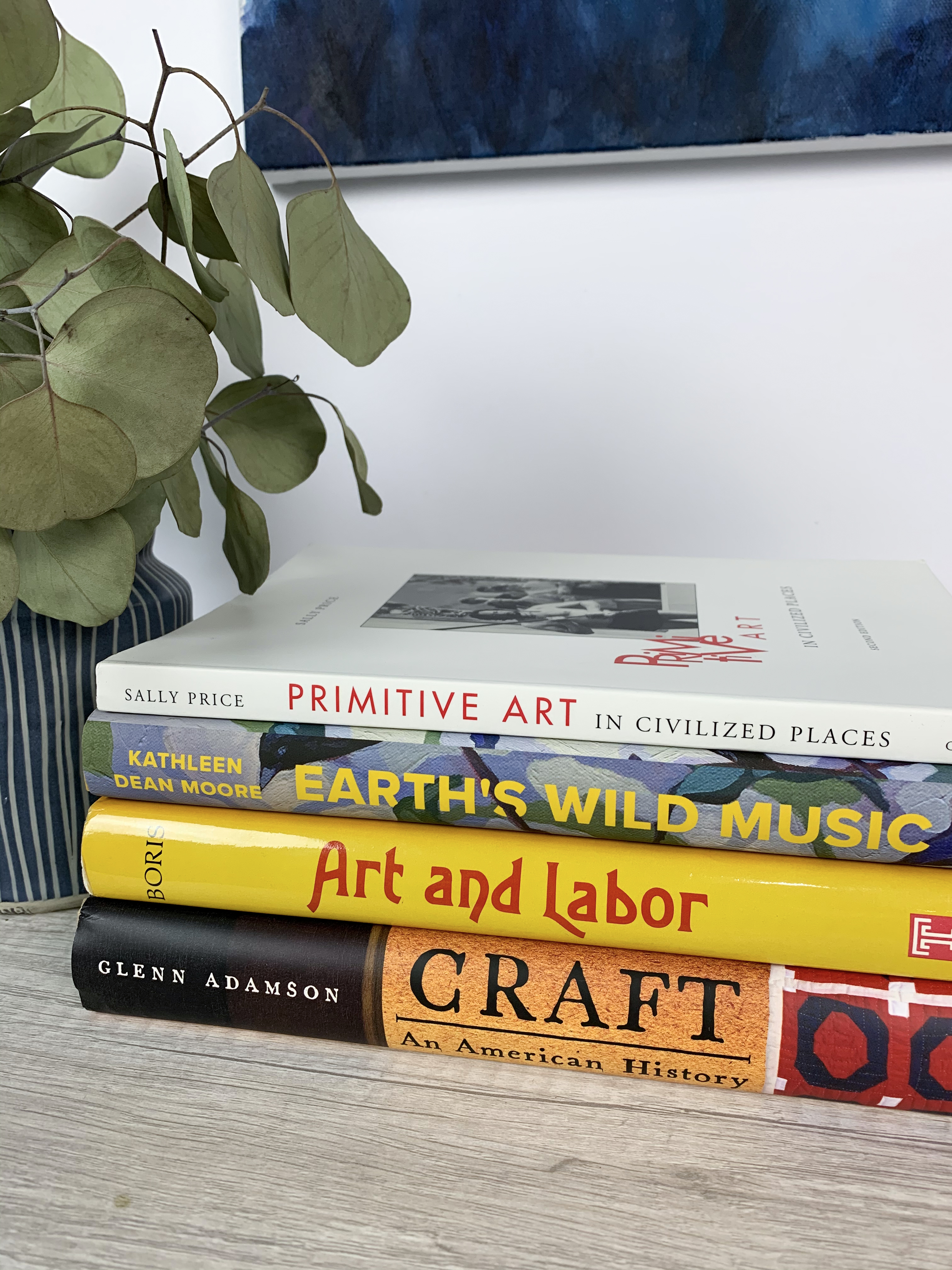
It seems like the last few months, I’ve settled on an average of about four books a month, and I guess I’m ok with that. It is a book a week after all! And considering I’ve been reading some fairly dense, academic books, that’s no small feat.
I started the month with Art and Labor by Eileen Boris. This book was actually written in the 80s, but since it was a history of the Arts and Crafts movement in America, it really didn’t feel dated. There were plenty of points where it dissolved in fairly dry history, but on the whole, I feel like I learned a lot. What was particularly interesting to me were the ways that the American craft movement chose to divorce itself from the labor movement, which explains a lot about why craft hasn’t done a good job of tackling the politics of labor. (Even though we probably should be.)
Another book that looks into the relationship between art and labor is Glenn Adamson’s new book, Craft: An American History. It took me a little while to decide to read this book, as I have mixed feelings about Adamson’s previous books. (I read Thinking Through Craft ages ago, but never quite got around to finishing his more recent books.) Still, when I saw Craft: An American History in the bookstore, it drew me in, and on the whole, I really enjoyed it. The first part of the book feels more like history than craft, but as someone who likes history, I didn’t mind it. (If that’s not you, you might want to skip ahead to later chapters) But the more recent developments of craft in the US, as well as Adamson’s balanced storytelling (this isn’t just a history of white craft, as so many other books are) makes this a worthwhile read for anyone interested in making things.
In May, a friend and I went to the Met (my first trip there in nearly 18 months) and while we were walking through African art, she pointed at a plaque on the wall and asked “What makes some art primitive and other art not?” My in-the-moment answer was “Racism” (because, yes) but I also followed that up with “I have a book I’ve been meaning to read on that.” Sally Price’s Primitive Art in Civilized Places was also written in the 80s (apparently that’s a theme this month) but is still relevant and useful today. It explores the art world’s relationship to “primitive art” and it really should be required reading for any artist, art lover, or museum-goer. (She also has a really engaging writing style in particular.) Her accounts of how some “explorers” acquired (ie. stole) some works of indigenous art are frankly heartbreaking, but this is a history worth knowing. It also helps question what is and isn’t classified as art, which is always an important conversation.
My final read of the month was, it turns out, a much-needed gear shift. I’ve been a fan of Kathleen Dean Moore since I read The Pine Island Paradox, so when I saw her new book, Earth’s Wild Music, in the store, it was a no-brainer. While I picked it up earlier this spring, I decided to save it to read on our Memorial Day camping trip. This turned out to be the right decision, listening to the birds chirping outside our camper was the perfect backdrop to my early morning reading. Moore’s essays weave in her love of nature with her thoughts on climate change, and while some moments are heartbreaking, there’s a lot to love in this book.
As a bonus, reading this seems to have put me in the right frame of mind to start working on my own book proposal, something I’ve been chipping away at every day since we got back!
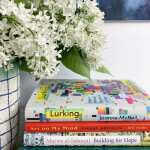
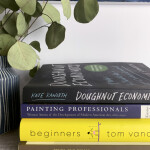
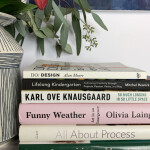
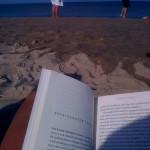
Leave a Reply